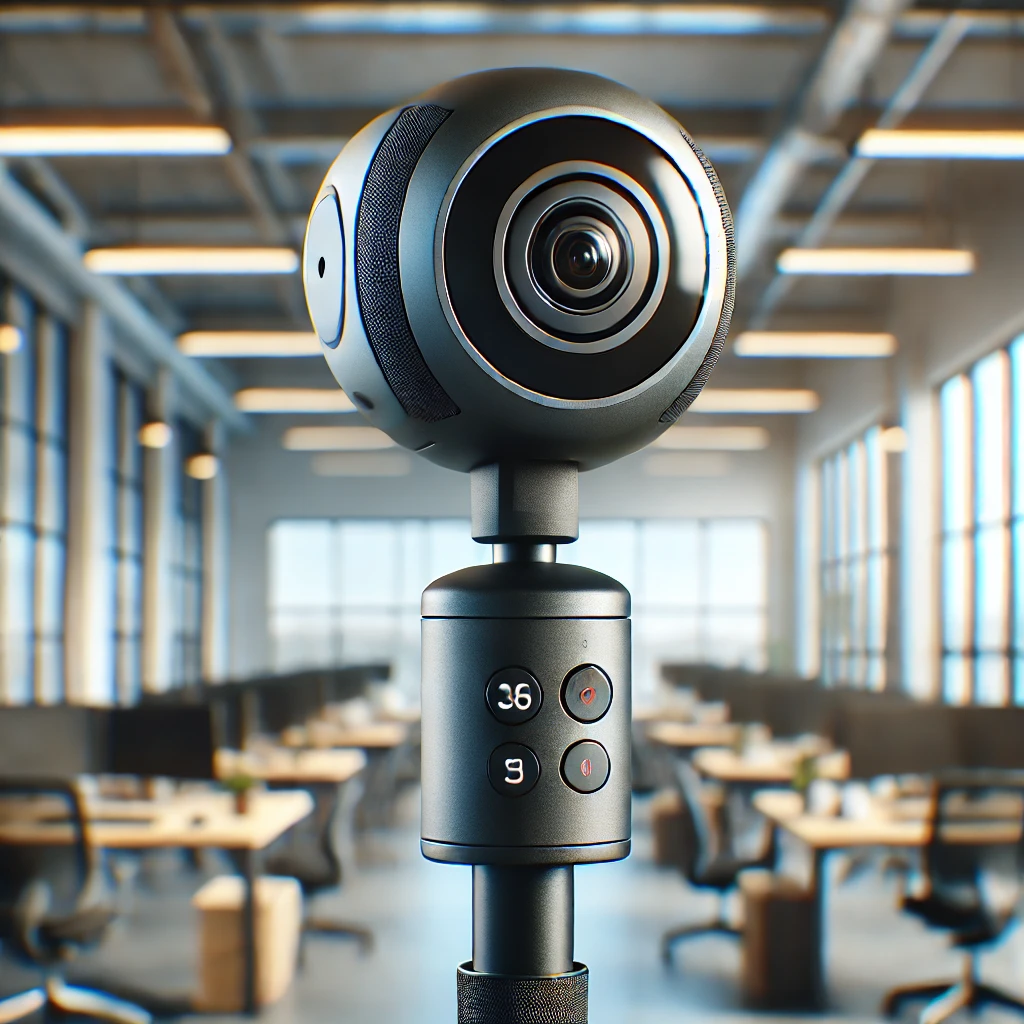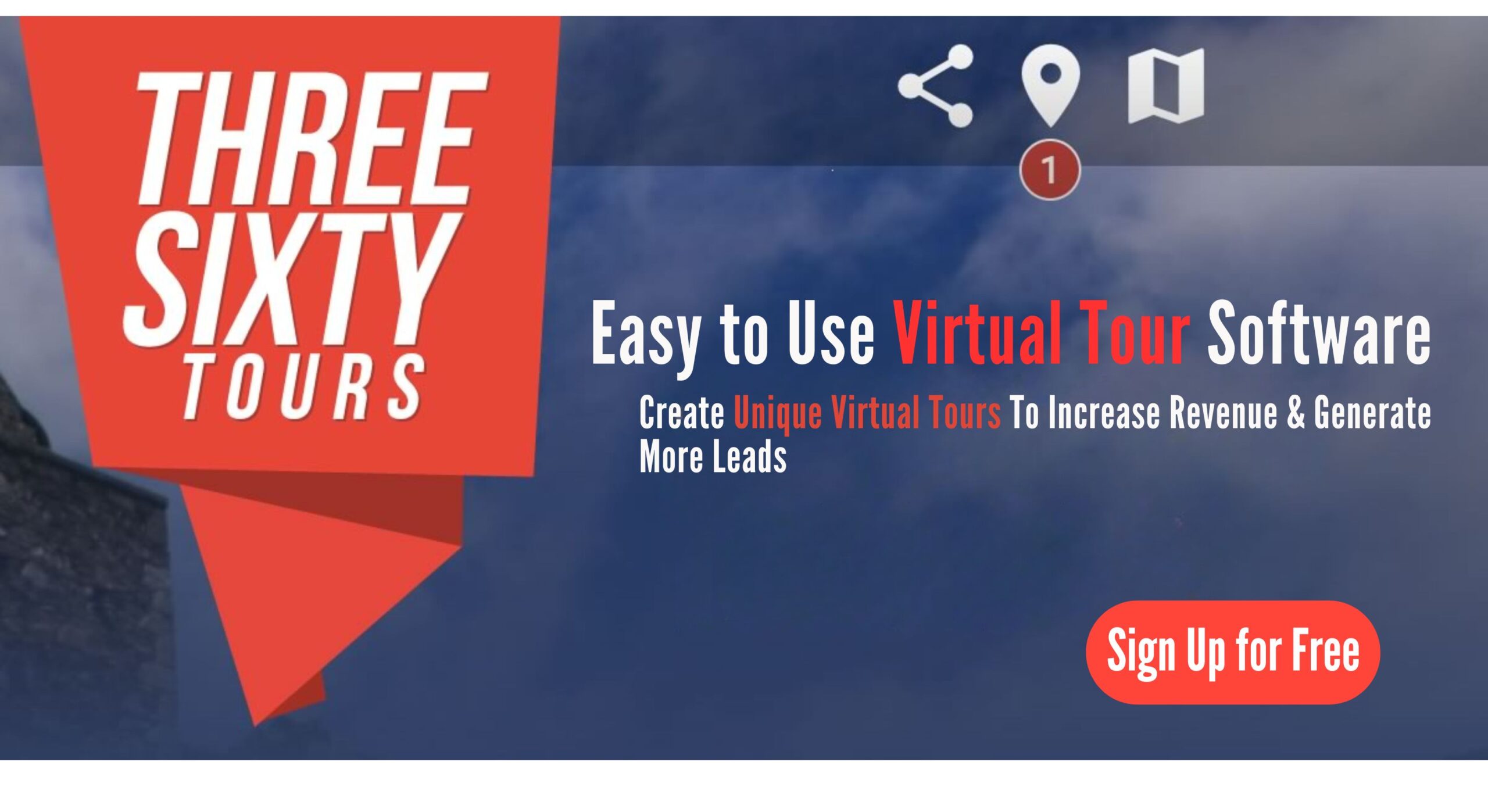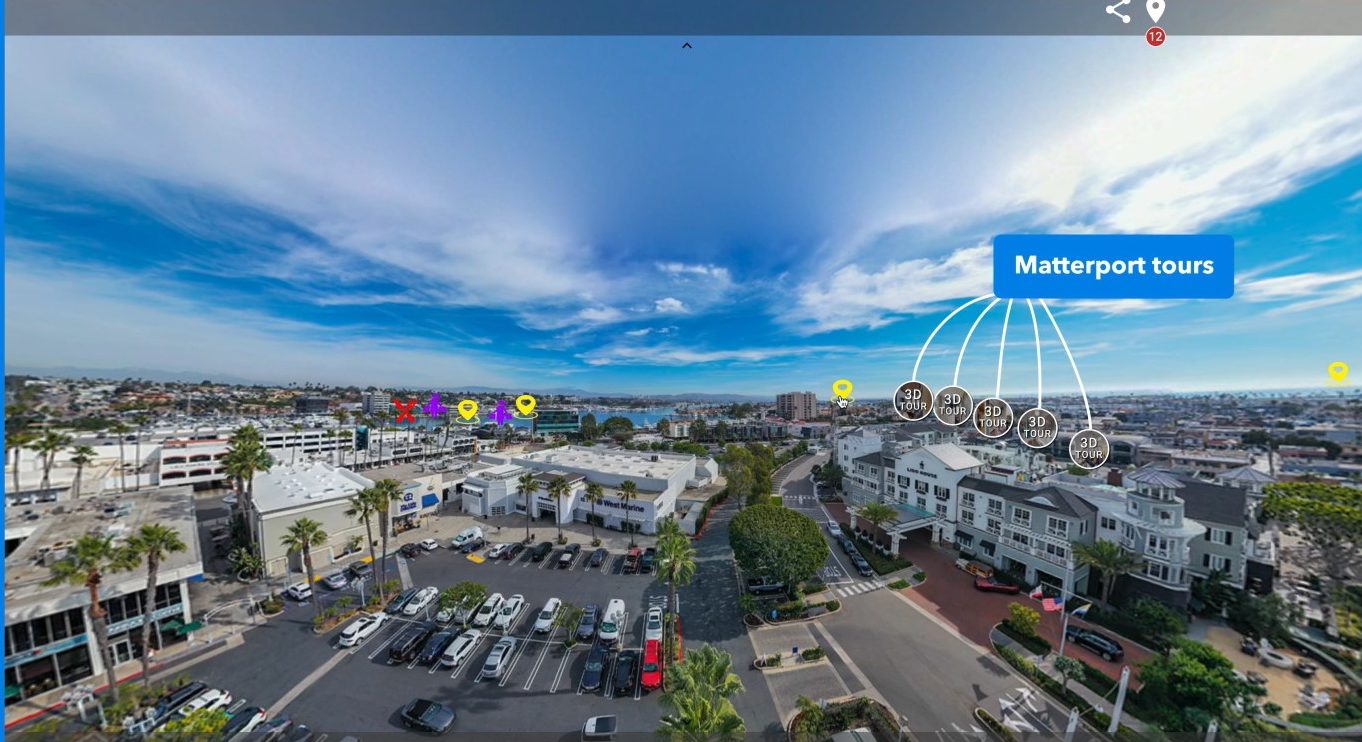360 camera virtual tour

360 Camera Virtual Tour: Unlocking Immersive Experiences for Real Estate and Photography Professionals
In today’s fast-paced digital world, visual content is king—especially for photographers and real estate professionals. One of the most exciting innovations in recent years is the 360 camera virtual tour. This technology lets users explore a space as if they were physically there, offering a fully immersive experience that traditional photos just can’t deliver.
Whether you’re a photographer aiming to expand your services or a real estate agent looking to make your listings stand out, 360 virtual tours are a game-changer. In this guide, we’ll break down what they are, why they matter, and how you can start creating your own. Plus, we’ll show you how platforms like www.threesixty.tours make it easy to bring your vision to life.
What Is a 360 Camera Virtual Tour?
A 360 camera virtual tour is an interactive experience that allows people to look around a space in every direction—up, down, and side-to-side. Unlike static photos or videos, these tours let viewers control their perspective, giving them a real sense of being there.
This is made possible by 360-degree cameras. These devices use two or more ultra-wide-angle lenses to capture a complete spherical view. The footage is then stitched together using specialized software to create a seamless, navigable experience.
When uploaded to platforms like www.threesixty.tours, these images become interactive tours that users can explore from any device.
Why This Guide Matters
Our goal with this article is simple: to help photographers and real estate professionals understand the value of 360 virtual tours and how to use them effectively.
We’ll walk you through the benefits, the gear you’ll need, how to shoot and edit, and where to share your finished tour. Whether you’re just starting out or looking to level up your virtual tour game, this guide has you covered.
II. Benefits of 360 Camera Virtual Tours
A Better Experience for Viewers
One of the biggest advantages of 360 virtual tours is how engaging they are. Instead of just looking at photos, viewers can explore a space at their own pace. They can zoom in, rotate the view, and get a feel for how rooms connect.
This is a huge win for real estate. Buyers can tour a home without stepping inside. For photographers, it’s a new way to tell a story—one that invites the viewer to step inside the frame.
Studies show that listings with virtual tours get up to 87% more views. More views mean more interest, and that often leads to faster sales or bookings.
Greater Accessibility
Virtual tours make spaces accessible to everyone, no matter where they are. This is perfect for:
- Out-of-town buyers
- International clients
- Anyone with mobility issues
In a post-COVID world, virtual experiences are more important than ever. People expect to be able to explore homes, venues, or vacation spots without leaving their couch.
Photographers who offer accessible content can reach more clients. Real estate agents can widen their pool of potential buyers. And with features like audio guides or text overlays, you can make your tours even more inclusive.
Powerful Marketing Tool
360 tours are incredibly versatile. You can:
- Embed them on your website
- Share them on social media
- Include them in email campaigns
Search engines love interactive content. A well-placed virtual tour can reduce bounce rates and increase the time visitors spend on your site—both of which help with SEO.
Industries like real estate, travel, and hospitality are already seeing big returns. Homes with virtual tours often sell faster and for more money. Hotels and resorts use them to boost bookings. The earlier you adopt this tech, the more you stand out.
Want to get started? Check out www.threesixty.tours to see how easy it is to create and share your own virtual tours.
III. Key Features of 360 Camera Technology
What to Look for in a 360 Camera
Not all 360 cameras are created equal. If you want professional results, pay attention to these specs:
- Resolution: Higher resolution means sharper images. Aim for at least 4K.
- Field of View (FOV): You’ll need a full 360-degree view. Some cameras also offer a wide vertical FOV, which helps with tall rooms.
- Stabilization: This helps keep your footage smooth, especially if you’re moving during the shoot.
Top choices include the Ricoh Theta Z1, Insta360 ONE X2, and GoPro MAX. Each has its pros and cons, but all are solid picks for professionals.
Editing Software and Compatibility
Once you’ve captured your images, you’ll need software to stitch and edit them. Most cameras come with their own apps, but you can also use third-party tools like:
- Adobe Premiere Pro (with plugins)
- PTGui
- Autopano
If you want to offer a truly immersive experience, make sure your tours are compatible with VR headsets. Platforms like www.threesixty.tours support VR, giving users the option to dive into your tour using Oculus or other devices.
Hosting and Sharing Your Tours
Creating a tour is just the beginning. You’ll need a reliable platform to host and share it.
www.threesixty.tours offers a cloud-based solution with features like:
- Custom branding: Add your logo and contact info.
- Hotspots: Include clickable elements for extra info or navigation.
- Embeddable tours: Add them to your website or MLS listings.
- Analytics: Track views, clicks, and engagement.
These tools help you not only share your tours but also measure their success.
IV. Steps to Create a 360 Camera Virtual Tour
Plan Ahead
Start by defining your goal. Are you showcasing a home? Promoting a venue? Creating a portfolio?
Knowing your purpose helps you decide what to shoot and how to present it. Think about your audience, too. A tour for young tech-savvy buyers might look different than one aimed at retirees.
Choose your locations wisely. Highlight the most attractive or unique features. For homes, that might be the kitchen, living room, or outdoor space. For venues, focus on layout and amenities.
Set Up and Shoot
When it’s time to shoot, place your camera at eye level and in the center of the room. Use a sturdy tripod to keep it steady.
Lighting is key. Natural light works best, so shoot during the day if possible. Avoid harsh shadows or blown-out highlights. If needed, bring in portable lights to brighten dark areas.
Capture multiple shots for large or complex spaces. Don’t forget hallways, staircases, and other transition areas. These help your tour flow naturally.
Edit and Enhance
After shooting, use your camera’s software—or a third-party program—to stitch the images into a 360 panorama.
Then, enhance the visuals. Adjust brightness, contrast, and color balance to make everything look its best.
Add interactive elements like:
- Hotspots: Link to other scenes or provide details.
- Text overlays: Highlight features or give directions.
- Audio guides: Offer narration or background music.
Once your tour is ready, upload it to www.threesixty.tours. You can organize scenes, set navigation paths, and publish your tour in just a few clicks.
V. Use Cases of 360 Camera Virtual Tours
Real Estate
Virtual tours are revolutionizing real estate. Agents can host virtual open houses, letting multiple buyers explore a property from anywhere.
These tours attract more qualified leads. Buyers who take a virtual tour are more informed and more likely to act quickly. This shortens the sales cycle and often leads to better offers.
Travel and Tourism
In the travel industry, 360 tours let potential guests explore destinations before they book. Hotels can showcase:
- Rooms and suites
- Pools and amenities
- Nearby attractions
This builds trust and excitement. People feel more confident booking when they know exactly what to expect.
Business and Events
Businesses use virtual tours to give clients or recruits a behind-the-scenes look. Event planners can show off venues, helping clients visualize layouts and logistics.
At trade shows, virtual booths extend your reach beyond the event. You can even use a 360 tour as follow-up content to keep the conversation going.
For example, check out this article from Forbes on how virtual reality is transforming business marketing: https://www.forbes.com/sites/forbestechcouncil/2022/11/14/how-virtual-reality-is-transforming-marketing/?sh=5c5a1c6f3c8e
VI. Conclusion
Why 360 Virtual Tours Matter
360 camera virtual tours aren’t just a tech trend—they’re a powerful way to connect with your audience. They make your content more engaging, more accessible, and more effective.
Whether you’re a photographer or a real estate agent, offering virtual tours sets you apart. It shows that you’re forward-thinking and committed to delivering the best experience possible.
And with user-friendly platforms like www.threesixty.tours, creating and sharing your tours is easier than ever.
What’s Next for 360 Technology?
As technology evolves, expect even more exciting features like:
- AI enhancements
- Real-time collaboration
- Deeper personalization
If you’re ready to future-proof your business, now’s the time to dive in.
Want to learn more about the future of immersive media? Check out this report by PwC on the economic impact of VR and AR: https://www.pwc.com/gx/en/industries/tmt/media/outlook/segment-insights/virtual-reality.html
Ready to create your first 360 virtual tour? Explore the powerful features of www.threesixty.tours and start transforming your visual storytelling today.
Word Count: ~2,100


